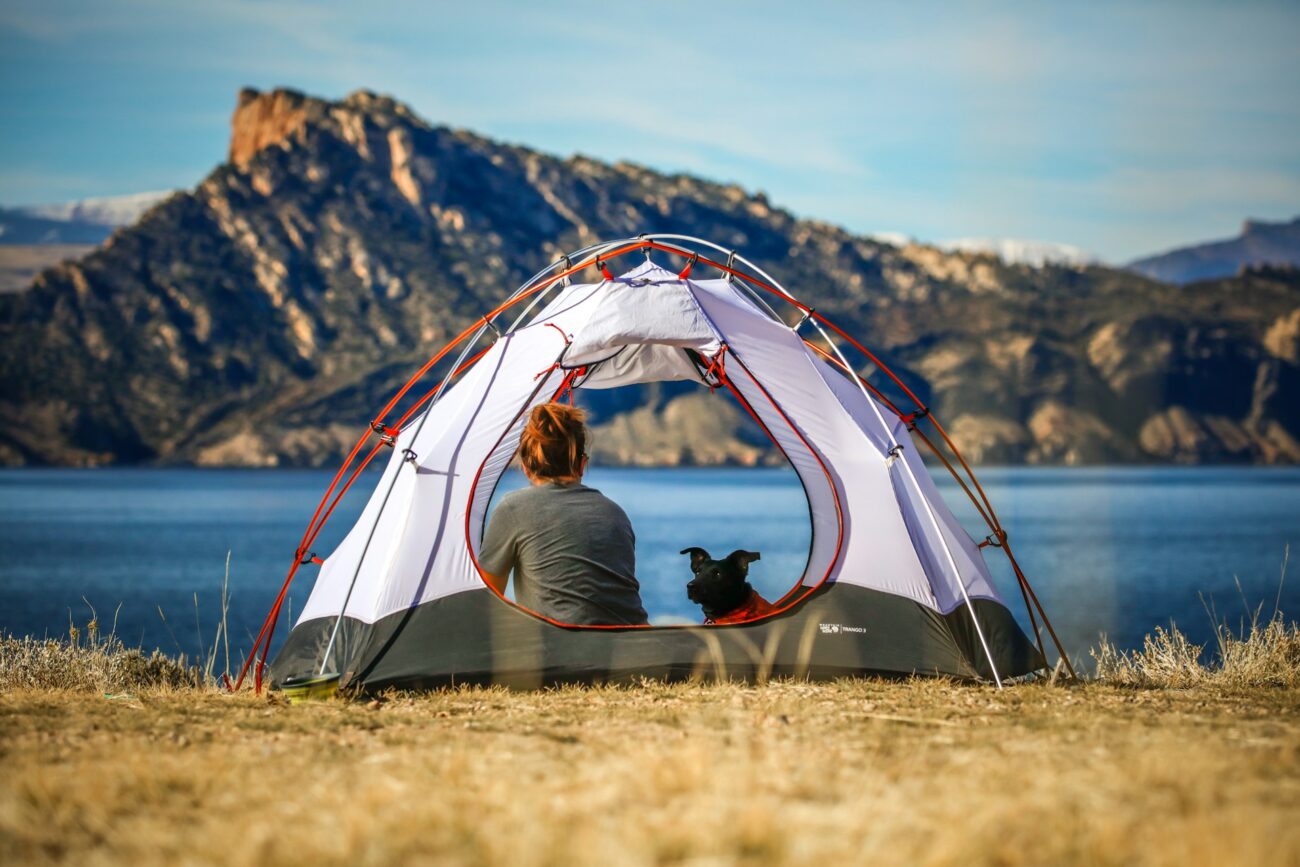Camping connects us with nature in a way few other activities can, offering a refreshing escape from our technology-driven lives. However, the difference between a memorable outdoor adventure and a frustrating wilderness experience often comes down to preparation. Whether you’re a seasoned outdoors enthusiast or planning your first overnight trip under the stars, having a comprehensive packing list ensures you’ll have everything needed for comfort, safety, and enjoyment. This ultimate camping checklist covers all essentials—from obvious gear to those easily forgotten items that can make or break your outdoor experience. By following this guide, you’ll be fully prepared to embrace the wilderness with confidence, knowing you’ve packed everything necessary for any situation Mother Nature might present.
Shelter and Sleeping Essentials
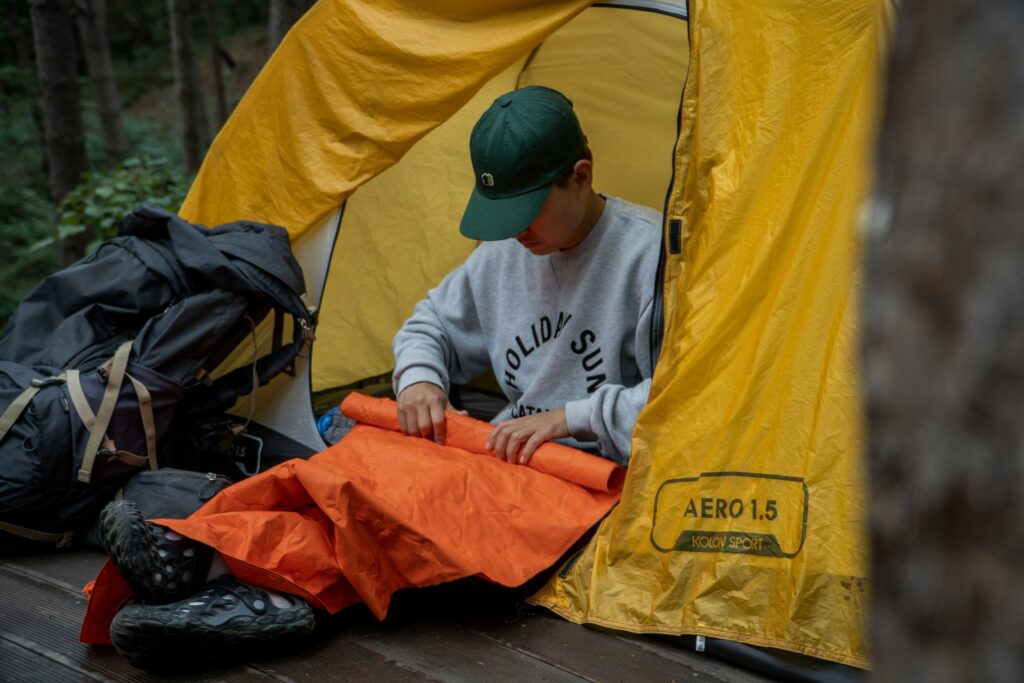
Your shelter system forms the foundation of a comfortable camping experience, providing protection from elements and a restful place to recharge. Start with a quality tent appropriate for your group size and expected weather conditions, including all stakes, poles, and a footprint to protect the tent bottom. Bring sleeping bags rated for temperatures lower than you expect to encounter, as nighttime temperatures can drop surprisingly low even in summer. Don’t forget sleeping pads or air mattresses, which provide crucial insulation from the cold ground and improve sleep quality dramatically. For additional comfort, consider packing pillows, extra blankets, and a battery-powered tent fan for hot weather or a tent heater for colder conditions.
Kitchen Equipment and Food Storage
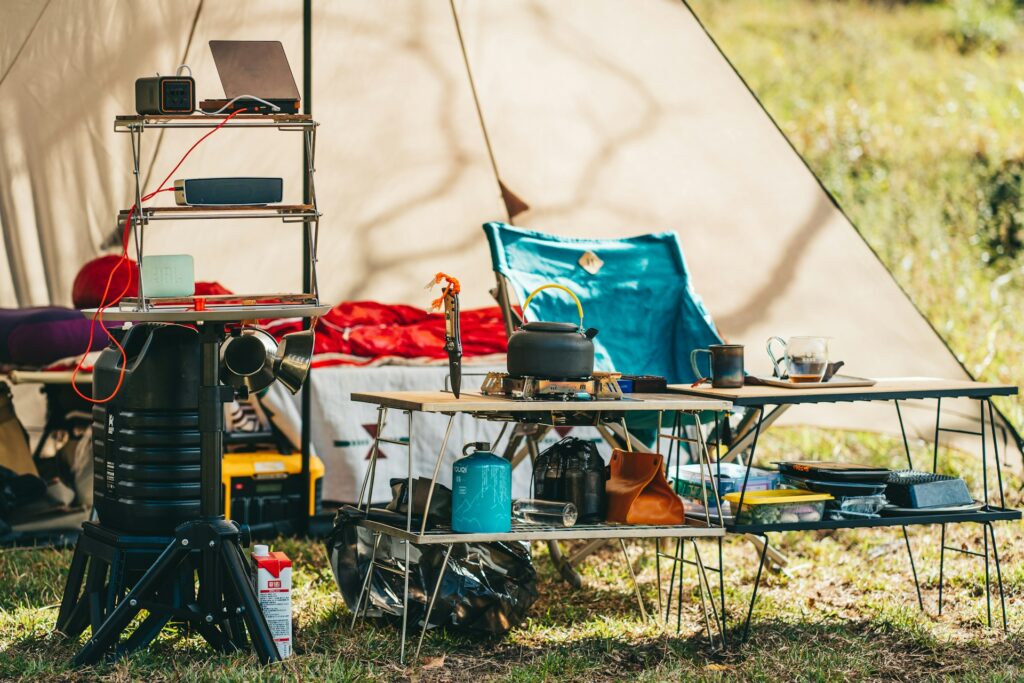
A well-organized camp kitchen makes meal preparation enjoyable rather than a chore in the wilderness. Essential cooking equipment includes a camp stove with fuel, matches or lighters in waterproof containers, and cooking pots or pans appropriate for your planned meals. Pack eating utensils, plates, bowls, and cups for each camper, preferably in durable materials like stainless steel or BPA-free plastic that can withstand outdoor use. For food storage, bring coolers with ice for perishables and airtight containers for dry goods to prevent wildlife encounters. Don’t overlook kitchen tools like a can opener, bottle opener, cooking utensils, cutting board, and a good knife, as these simple items are frequently forgotten yet crucial for meal preparation.
Food and Water Provisions

Proper nutrition and hydration are non-negotiable aspects of safe camping, requiring thoughtful planning before departure. Pack slightly more food than you think necessary, focusing on nutrient-dense, non-perishable options like trail mix, energy bars, and dehydrated meals for emergency situations. Plan each day’s meals in advance, including ingredients for breakfast, lunch, dinner, and snacks, with pre-prepped ingredients saving valuable camp time. Water management is equally critical—bring multiple refillable water bottles per person plus water purification methods such as filters, purification tablets, or a large water container if you’re camping near a reliable water source. Remember condiments, spices, cooking oil, and coffee or tea supplies, as these small additions significantly enhance camp cuisine without adding much weight.
Clothing and Personal Items

Strategic clothing choices can make or break your camping comfort, especially when weather conditions change unexpectedly. Pack using the layering system: moisture-wicking base layers, insulating mid-layers, and waterproof outer shells that can be adjusted as temperatures fluctuate throughout the day. Include additional items like moisture-wicking underwear, warm socks (pack extras!), sturdy hiking boots, camp shoes, gloves, and hats for both sun protection and warmth. Personal items should include toiletries in biodegradable formulations, towels, prescription medications, sunscreen, insect repellent, and personal hygiene products appropriate for your camping location. Don’t forget sleeping clothes designated solely for tent use, keeping your sleeping area free from outdoor contaminants that could attract wildlife.
Lighting and Power Sources

Adequate lighting transforms the camping experience after sunset, providing both safety and extended enjoyment of evening hours. Pack headlamps for each camper, offering hands-free illumination for essential tasks like cooking or nighttime bathroom trips. Include additional light sources such as lanterns for communal areas, flashlights as backups, and perhaps string lights for ambiance around the campsite. Power management is increasingly important with modern devices—bring portable power banks, solar chargers, or a power station if you need to keep phones, cameras, or other electronics functioning. Don’t forget extra batteries for all battery-powered devices, ensuring they’re stored in waterproof containers to prevent moisture damage. Consider emergency lighting options that don’t require batteries, such as light sticks or candle lanterns, as ultimate backup options.
Navigation and Communication Tools

Reliable navigation and communication capabilities provide crucial safety margins when venturing into remote areas. Physical maps and compasses should always accompany digital navigation tools, as electronics can fail due to battery depletion, water damage, or signal issues. If your camping area has cellular coverage, bring fully charged phones in waterproof cases plus power banks for recharging. For more remote locations, consider satellite communicators or personal locator beacons that can signal for help regardless of cellular availability. Make sure someone not on the trip knows your detailed itinerary, expected return time, and when to alert authorities if you don’t check in. Pack whistle and signal mirror for emergency signaling, and consider walkie-talkies for group communication when camping companions separate for different activities.
First Aid and Emergency Supplies

A comprehensive first aid kit tailored to your specific camping environment and group needs provides peace of mind and immediate response capability for injuries or illnesses. Beyond basic bandages and antiseptics, include medications for pain relief, allergic reactions, digestive issues, and any prescription medications needed by group members. Pack emergency supplies like emergency blankets (one per person), fire starters, emergency shelter, and a multi-tool or knife for unexpected situations. Consider including a field guide to edible and medicinal plants of your camping region, plus basic wilderness first aid instructions if cell service is unavailable for looking up treatments. Familiarize yourself with the contents of your kit before departure, ensuring you know how to properly use each item when stress levels might be elevated during an actual emergency.
Campsite Setup and Comfort Items

Thoughtful campsite organization contributes significantly to comfort, convenience, and enjoyment during your outdoor stay. Pack a mallet or hammer for tent stakes, extra guy lines and stakes for securing tarps or tents in windy conditions, and a small broom and dustpan for tent cleanliness. Bring camping chairs and a portable table for comfortable eating and relaxing, plus a tarp or canopy for protection from sun or rain when the weather turns. Don’t overlook items like a clothesline with clips for drying wet gear, small rugs for tent entrances to minimize dirt inside, and a dedicated doormat to remove debris from shoes. Consider comfort enhancements like portable hammocks, inflatable pillows, and battery-powered fans that dramatically improve campsite livability without adding significant weight to your packing list.
Tools and Repair Kit

Field repairs can save a camping trip when equipment failures occur miles from civilization. A basic repair kit should include duct tape, paracord, zip ties, safety pins, needle and thread, and gear-specific repair items like tent pole splints or sleeping pad patches. Multi-tools offer versatile functionality with minimal pack space, providing pliers, knives, screwdrivers, and other tools that might prove necessary for unexpected situations. Pack a small selection of spare parts specific to your critical equipment, such as stove maintenance kits, extra guy lines, or replacement water filter components. Include lightweight options for structural repairs like Tenacious Tape for clothing and gear tears, seam sealer for unexpected tent leaks, and a small tube of multi-purpose adhesive that works on various materials.
Hygiene and Sanitation Supplies

Maintaining basic hygiene in the backcountry preserves both health and comfort during extended outdoor stays. Biodegradable soap, hand sanitizer, and toilet paper (stored in waterproof containers) form the foundation of wilderness cleanliness. Include a trowel for digging catholes when bathroom facilities aren’t available, following Leave No Trace principles by burying waste at least 6-8 inches deep and 200 feet from water sources. Pack several garbage bags for packing out all trash, remembering that responsible campers leave nothing behind except footprints. Consider including shower alternatives like biodegradable wet wipes, dry shampoo, or a solar shower if your trip extends beyond a few days. Women should pack appropriate menstrual products plus extra disposal bags, while everyone benefits from quick-dry towels, toothbrushes, toothpaste, and deodorant sized appropriately for the trip duration.
Weather Protection Gear
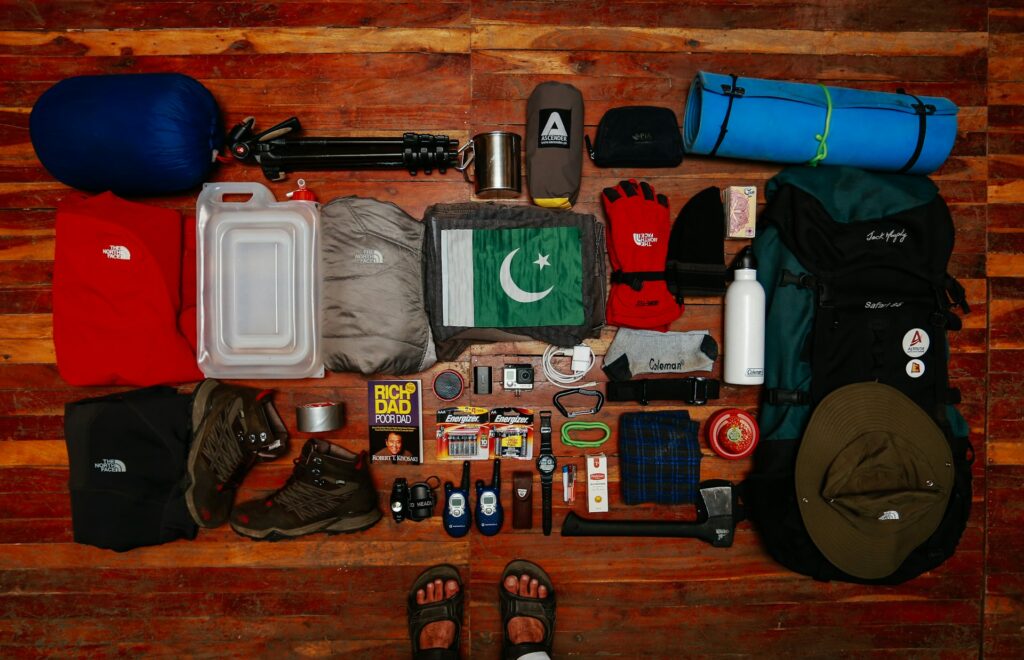
Weather conditions can change rapidly in outdoor environments, making versatile protection essential regardless of the forecast. Pack rain gear including waterproof jackets and pants, even for trips with promising weather predictions, as unexpected storms can develop quickly in many camping regions. Include sun protection like broad-spectrum sunscreen, lip balm with SPF, sunglasses, and wide-brimmed hats to prevent painful sunburns that can ruin a trip. For windy conditions, bring lightweight windbreakers, secure tent anchoring systems, and buffs or neck gaiters that provide surprising warmth with minimal weight. Consider season-specific items like insect head nets for buggy conditions, gaiters for snowy or muddy terrain, or cooling towels for extreme heat—specialized gear that addresses environmental challenges specific to your camping location and season.
Recreation and Entertainment

Thoughtfully chosen recreation items enhance the camping experience during downtime around camp. Consider the environmental opportunities at your destination—fishing gear for lakeside camping, field guides for bird watching, or star charts for areas with dark skies perfect for astronomy. Pack lightweight games like cards, compact board games, or travel-sized versions of favorite activities that provide entertainment during rainy days or evening relaxation. Bring equipment suited to your location such as binoculars for wildlife viewing, snorkeling gear for lakeside camping, or climbing shoes if bouldering opportunities exist nearby. Don’t forget cameras with extra batteries and memory cards to document your adventures, journals for recording experiences, or sketchbooks if you enjoy capturing natural scenes through art.
Documentation and Information

Proper documentation provides both legal compliance and critical information for emergencies. Carry photo identification, relevant camping permits, fishing or hunting licenses, and vehicle registration if driving to your destination. Make physical copies of emergency contact information, medical insurance cards, and any medical conditions or allergies affecting group members. Include printed reservations for campgrounds, detailed maps of your camping area with marked emergency exit routes, and information about the nearest medical facilities. Weather forecasts printed before departure provide valuable reference points, while guidebooks specific to your region offer insights about local wildlife, plant identification, or geological features that enhance your understanding and appreciation of the natural environment you’re exploring.
Wildlife and Environmental Considerations

Responsible camping requires preparation for wildlife encounters and commitment to environmental protection. Research local wildlife before departure, packing appropriate food storage systems like bear canisters or hang bags based on regional recommendations. Bring biodegradable, phosphate-free soaps and detergents for dishes and personal hygiene, minimizing environmental impact from wastewater. Include microtrash bags for collecting small bits of litter like twist ties or fruit stickers that might otherwise be overlooked. Consider region-specific needs like bear spray in grizzly country, snake gaiters in venomous snake territories, or insect protective clothing where disease-carrying bugs are prevalent. Remember that protection works both ways—these preparations safeguard both campers and the natural environment, preserving wilderness areas for future generations of outdoor enthusiasts.
Pre-Departure Checklist and Final Preparations
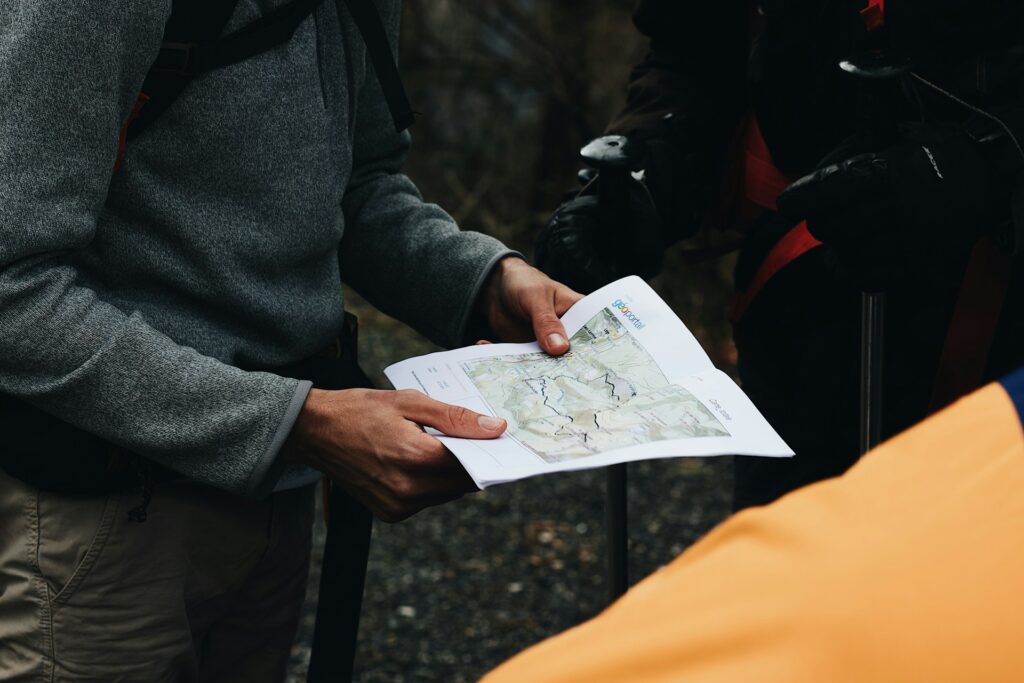
The days before departure are crucial for ensuring nothing essential is overlooked in your camping preparations. Create a physical checklist organized by category, checking off items as they’re packed to prevent last-minute oversights. Perform equipment checks on critical gear like stoves, lanterns, and tents, confirming everything functions properly before you’re reliant on it in remote locations. Check weather forecasts up until departure, adjusting your packing list for expected conditions while still maintaining preparation for weather changes. Share your detailed itinerary with trusted contacts not joining the trip, including expected return times, emergency contact information, and vehicle descriptions. These final preparation steps create a safety net both for gear functionality and emergency response, providing peace of mind that enhances enjoyment of your wilderness experience.
Conclusion

Camping represents one of life’s simple yet profound pleasures—connecting with nature while relying on thoughtful preparation to stay comfortable and safe. This comprehensive checklist covers the essentials while addressing easily overlooked items that experienced campers have learned to pack through trial and error. Remember that camping preparation is both science and art; while this list provides a solid foundation, you’ll develop personal preferences over time that reflect your unique outdoor style. The greatest camping experiences balance preparedness with spontaneity, allowing you to relax into the natural rhythms of outdoor living knowing you have everything needed for whatever adventures await. Happy camping!

